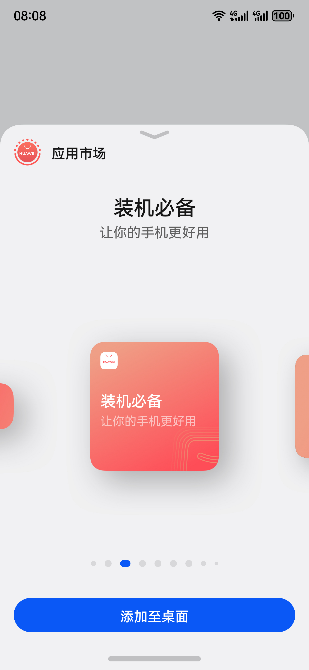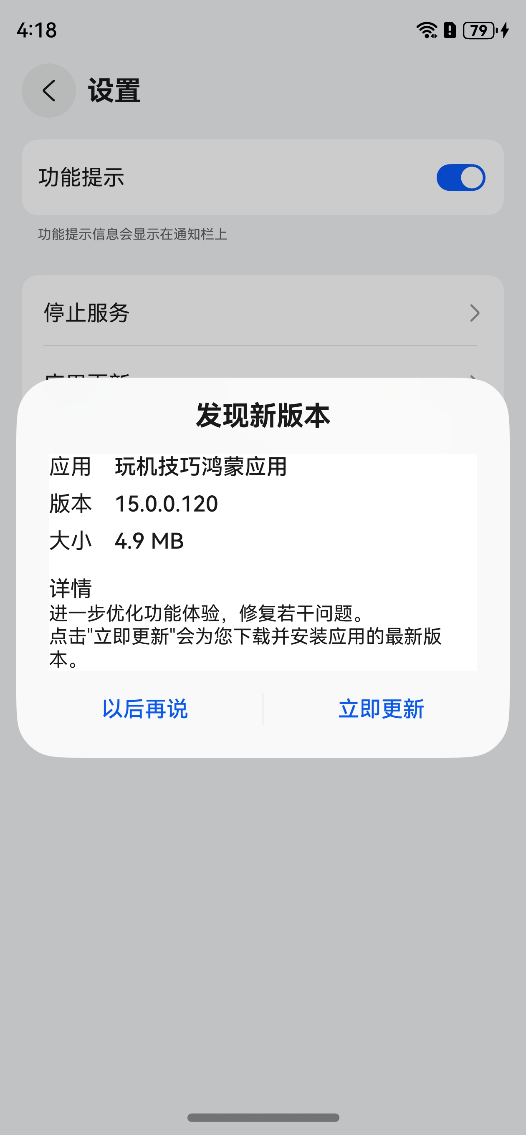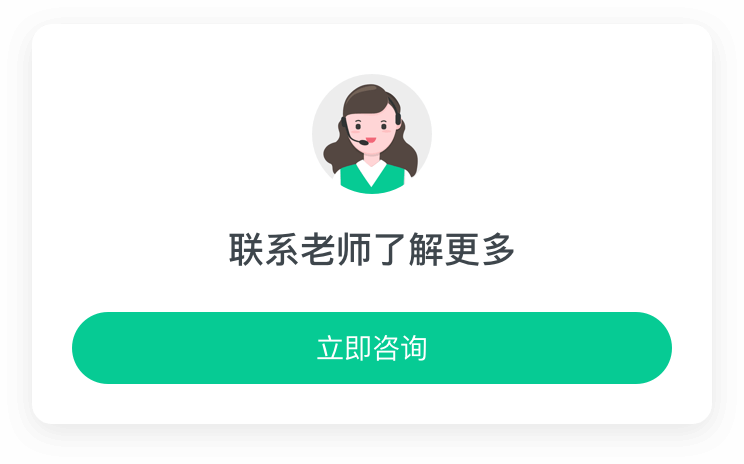开发者在完成应用开发并成功上架应用市场后,将面临一项重要挑战:如何在竞争激烈的环境中脱颖而出,吸引用户的关注?为此,提升应用的曝光度和下载量至关重要。
HarmonyOS SDK应用市场服务(Store Kit)提供应用市场业务的对外开放能力,针对想要获得曝光的应用,Store Kit 提供了应用市场推荐和应用市场更新功能的能力,可以更好地支持应用的下载、推荐和分发等场景,以提高在应用市场上的曝光度,助力开发者商业变现。
应用市场推荐:用户可直达您的应用市场详情页或卡片加桌页面,有效提高您的应用曝光率。
应用市场更新功能:您可以通过本服务,查询应用是否有可更新的版本。当存在可更新版本时,可为用户显示更新提醒。
应用市场推荐场景介绍
元服务卡片加桌
您可调用应用市场服务提供的元服务加桌 loadService 接口,加载元服务卡片加桌页面,用户点击"添加至桌面"按钮,将元服务卡片添加至桌面。
应用详情页展示
a.您可调用应用市场服务提供的 loadProduct 接口,直接加载应用市场的应用详情页面,用户可以在页面内点击"安装"按钮完成应用的下载安装。
b.您可使用 DeepLink 链接的方式拉起应用市场应用详情页,通过拼接应用市场 DeepLink 链接,在应用中调用或网页中点击 DeepLink 链接拉起应用详情页,用户可以在页面内点击"安装"按钮完成应用的下载安装。
c.您可使用 App Linking 链接的方式拉起应用市场应用详情页,通过拼接应用市场 App Linking 链接,在应用中调用或网页中点击 App Linking 链接拉起应用详情页,用户可以在页面内点击"安装"按钮完成应用的下载安装。
应用市场推荐场景介绍
当应用启动完成或用户在应用中主动检查应用新版本时,开发者可以通过本服务,来查询应用是否有可更新的版本。如果存在可更新版本,您可以通过本服务为用户显示更新提醒。
应用市场推荐开发步骤
元服务卡片加桌
1.导入 productViewManager 模块及相关公共模块。
import { productViewManager } from '@kit.StoreKit';import { hilog } from '@kit.PerformanceAnalysisKit';import type { common, Want } from '@kit.AbilityKit';import { BusinessError } from '@kit.BasicServicesKit';
复制代码
2.构造元服务卡片参数。
const uiContext = getContext(this) as common.UIAbilityContextconst wantParam: Want = { // 此处填入要加载的元服务的加桌链接 uri: 'xxx'}const callback: productViewManager.ServiceViewCallback = { onReceive: (data: productViewManager.ServiceViewReceiveData) => { hilog.info(0x0001, 'TAG', `loadService onReceive.result is ${data.result}, msg is ${data.msg}`); }, onError: (error: BusinessError) => { hilog.error(0x0001, 'TAG', `loadService onError.code is ${error.code}, message is ${error.message}`); }}
复制代码
3.调用 loadService 方法,将步骤 2 中构造的参数依次传入接口中。
// 调用接口,加载元服务加桌页面productViewManager.loadService(uiContext, wantParam, callback);
复制代码
应用详情页展示
方式一:loadProduct 接口调用
1.导入 productViewManager 模块及相关公共模块。
import { productViewManager } from '@kit.StoreKit';import { hilog } from '@kit.PerformanceAnalysisKit';import type { common, Want } from '@kit.AbilityKit';import { BusinessError } from '@kit.BasicServicesKit';
复制代码
2.构造应用详情页参数。
const uiContext = getContext(this) as common.UIAbilityContextconst wantParam: Want = { parameters: { // 此处填入要加载的应用包名,例如: bundleName: 'com.huawei.hmsapp.books' bundleName: 'com.xxx' }}const callback: productViewManager.ProductViewCallback = { onError: (error: BusinessError) => { hilog.error(0x0001, 'TAG', `loadProduct onError.code is ${error.code}, message is ${error.message}`); }}
复制代码
3.调用 loadProduct 方法,将步骤 2 中构造的参数依次传入接口中。
// 调用接口,拉起应用详情页productViewManager.loadProduct(uiContext, wantParam, callback);
复制代码
方式二:DeepLink 方式
构造拼接 bundleName 的 DeepLink 链接,其中 bundleName 为需要打开的应用包名,其格式为:
store://appgallery.huawei.com/app/detail?id= + bundleName
复制代码
在应用中调用 context.startAbility()方法,拉起应用市场应用详情页:
import { BusinessError } from '@kit.BasicServicesKit';import { hilog } from '@kit.PerformanceAnalysisKit';import type { common, Want } from '@kit.AbilityKit';
// 拉起应用市场对应的应用详情页面function startAppGalleryDetailAbility(context: common.UIAbilityContext, bundleName: string): void { let want: Want = { action: 'ohos.want.action.appdetail', //隐式指定action为ohos.want.action.appdetail uri: 'store://appgallery.huawei.com/app/detail?id=' + bundleName, // bundleName为需要打开应用详情的应用包名 }; context.startAbility(want).then(() => { hilog.info(0x0001, 'TAG', "Succeeded in starting Ability successfully.") }).catch((error: BusinessError) => { hilog.error(0x0001, 'TAG', `Failed to startAbility.Code: ${error.code}, message is ${error.message}`); });}
@Entry@Componentstruct StartAppGalleryDetailAbilityView { @State message: string = '拉起应用市场详情页';
build() { Row() { Column() { Button(this.message) .fontSize(24) .fontWeight(FontWeight.Bold) .onClick(() => { const context: common.UIAbilityContext = getContext(this) as common.UIAbilityContext; // 按实际需求获取应用的bundleName,例如bundleName: 'com.huawei.hmsapp.books' const bundleName = 'xxxx'; startAppGalleryDetailAbility(context, bundleName); }) } .width('100%') } .height('100%') }}
复制代码
在网页中打开 DeepLink 链接拉起应用市场应用详情页:
<html lang="en"> <head> <meta charset="UTF-8"> </head> <body> <div> <button type="button" onclick="openDeepLink()">拉起应用详情页</button> </div> </body></html><script> function openDeepLink() { window.open('store://appgallery.huawei.com/app/detail?id=com.xxxx.xxxx') }</script>
复制代码
方式三:App Linking 方式
构造拼接 bundleName 的 App Linking 链接,其中 bundleName 为需要打开的应用包名,其格式为:
https://appgallery.huawei.com/app/detail?id= + bundleName
复制代码
在应用中调用 openLink()接口拉起 App Linking 链接:
import common from '@ohos.app.ability.common';import { BusinessError } from '@ohos.base';import { hilog } from '@kit.PerformanceAnalysisKit';
@Entry@Componentstruct Index { build() { Button('start app linking', { type: ButtonType.Capsule, stateEffect: true }) .width('87%') .height('5%') .margin({ bottom: '12vp' }) .onClick(() => { let context: common.UIAbilityContext = getContext(this) as common.UIAbilityContext; // 需要拼接不同的应用包名,用以打开不同的应用详情页,例如:bundleName: 'com.huawei.hmsapp.books' let bundleName: string = 'xxxx'; let link: string = 'https://appgallery.huawei.com/app/detail?id=' + bundleName; // 以App Linking优先的方式在应用市场打开指定包名的应用详情页 context.openLink(link, { appLinkingOnly: false }) .then(() => { hilog.info(0x0001, 'TAG', 'openlink success.'); }) .catch((error: BusinessError) => { hilog.error(0x0001, 'TAG', `openlink failed. Code: ${error.code}, message is ${error.message}`); }); }) }}
复制代码
在网页中打开 App Linking 链接:
<html lang="en"> <head> <meta charset="UTF-8"> <title>跳转示例</title> </head> <body> <a href='https://appgallery.huawei.com/app/detail?id=bundleName'>AppLinking跳转示例</a> </body></html>
复制代码
应用市场更新功能开发步骤
检测新版本
1.导入 updateManager 模块及相关公共模块。
import { updateManager } from '@kit.StoreKit';import { hilog } from '@kit.PerformanceAnalysisKit';import type { common } from '@kit.AbilityKit';import { BusinessError } from '@kit.BasicServicesKit';
复制代码
2.构造参数。
入参为 common.UIAbilityContext 类型的 Context。
let context: common.UIAbilityContext = getContext() as common.UIAbilityContext;
复制代码
3.调用 checkAppUpdate 方法。
try { updateManager.checkAppUpdate(context) .then((checkResult: updateManager.CheckUpdateResult) => { hilog.info(0, 'TAG', "Succeeded in checking Result updateAvailable:" + checkResult.updateAvailable); }).catch((error: BusinessError) => { hilog.error(0, 'TAG', `checkAppUpdate onError.code is ${error.code}, message is ${error.message}`); });} catch (error) { hilog.error(0, 'TAG', `checkAppUpdate onError.code is ${error.code}, message is ${error.message}`);}
复制代码
显示升级对话框
1.导入 updateManager 模块及相关公共模块。
import { updateManager } from '@kit.StoreKit';import { hilog } from '@kit.PerformanceAnalysisKit';import type { common } from '@kit.AbilityKit';import { BusinessError } from '@kit.BasicServicesKit';
复制代码
2.构造参数。
入参为 common.UIAbilityContext 类型的 Context。
let context: common.UIAbilityContext = getContext() as common.UIAbilityContext;
复制代码
3.调用 showUpdateDialog 方法。
try { updateManager.showUpdateDialog(context) .then((resultCode: updateManager.ShowUpdateResultCode) => { hilog.info(0, 'TAG', "Succeeded in showing UpdateDialog resultCode:" + resultCode); }) .catch((error: BusinessError) => { hilog.error(0, 'TAG', `showUpdateDialog onError.code is ${error.code}, message is ${error.message}`); });} catch (error) { hilog.error(0, 'TAG', `showUpdateDialog onError.code is ${error.code}, message is ${error.message}`);}
复制代码
了解更多详情>>
访问应用市场服务联盟官网
获取应用市场推荐开发指导文档
获取应用市场更新功能开发指导文档














评论